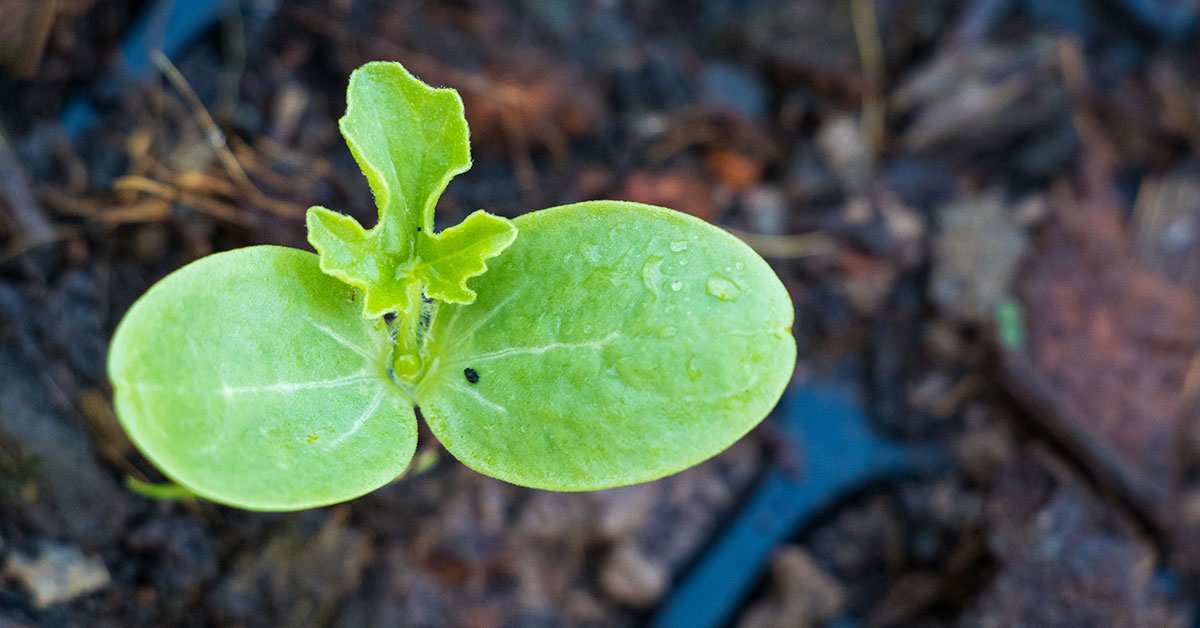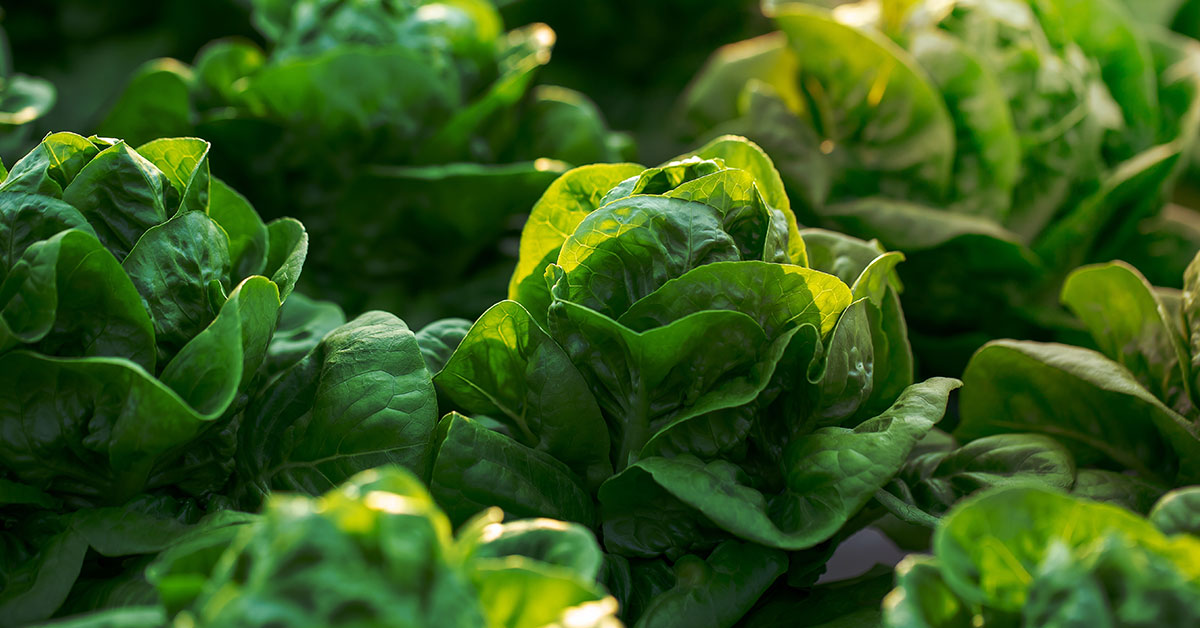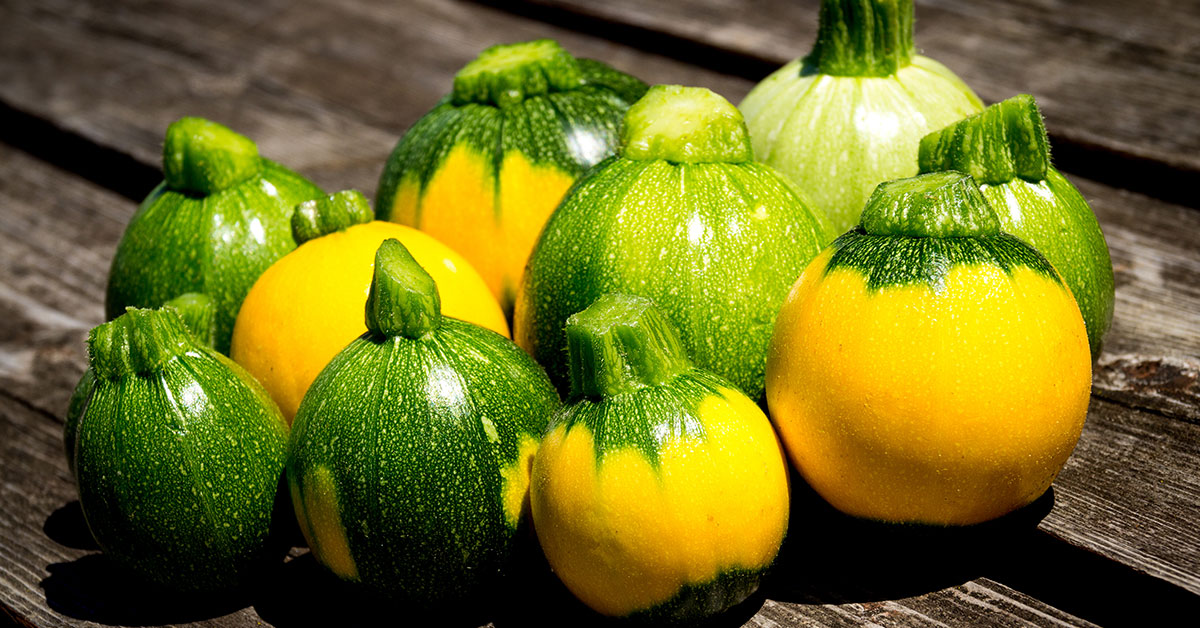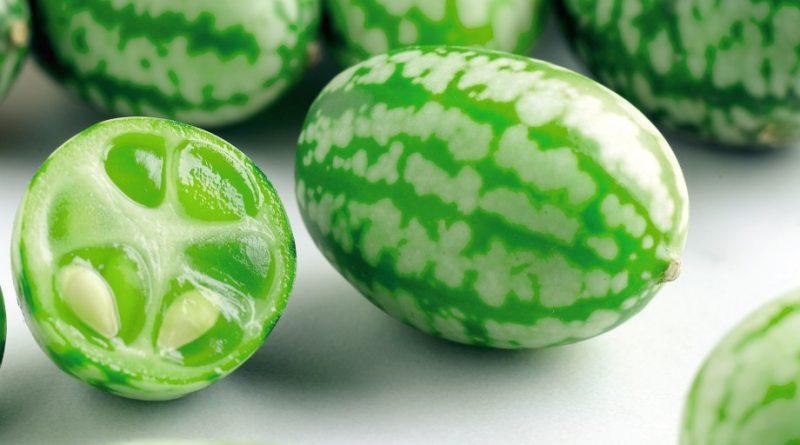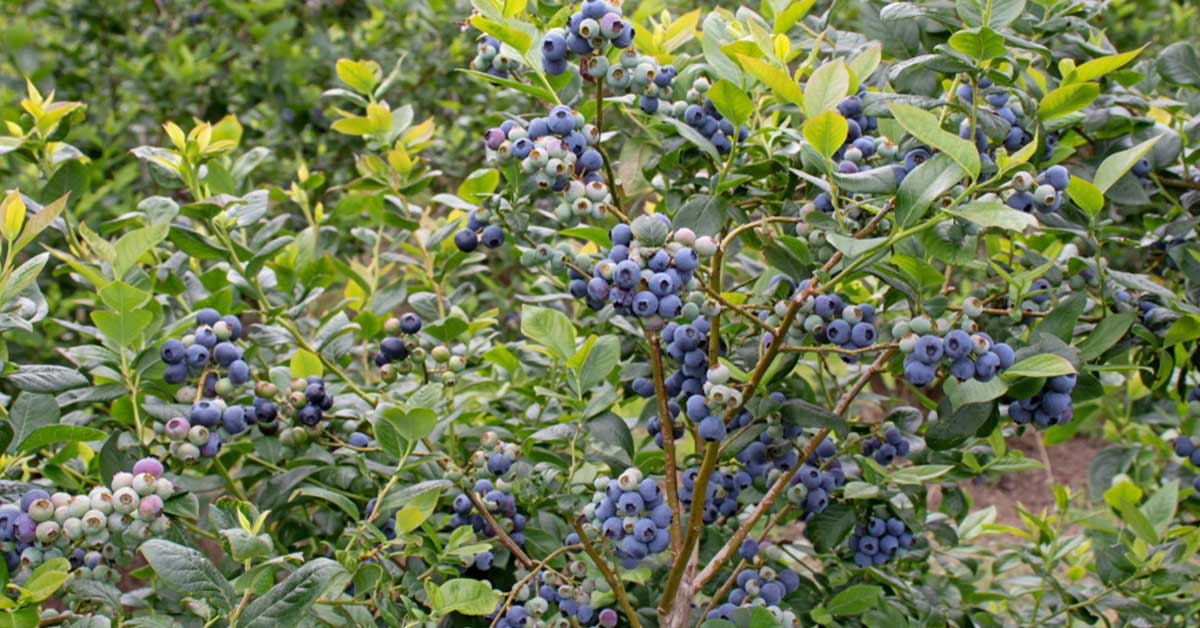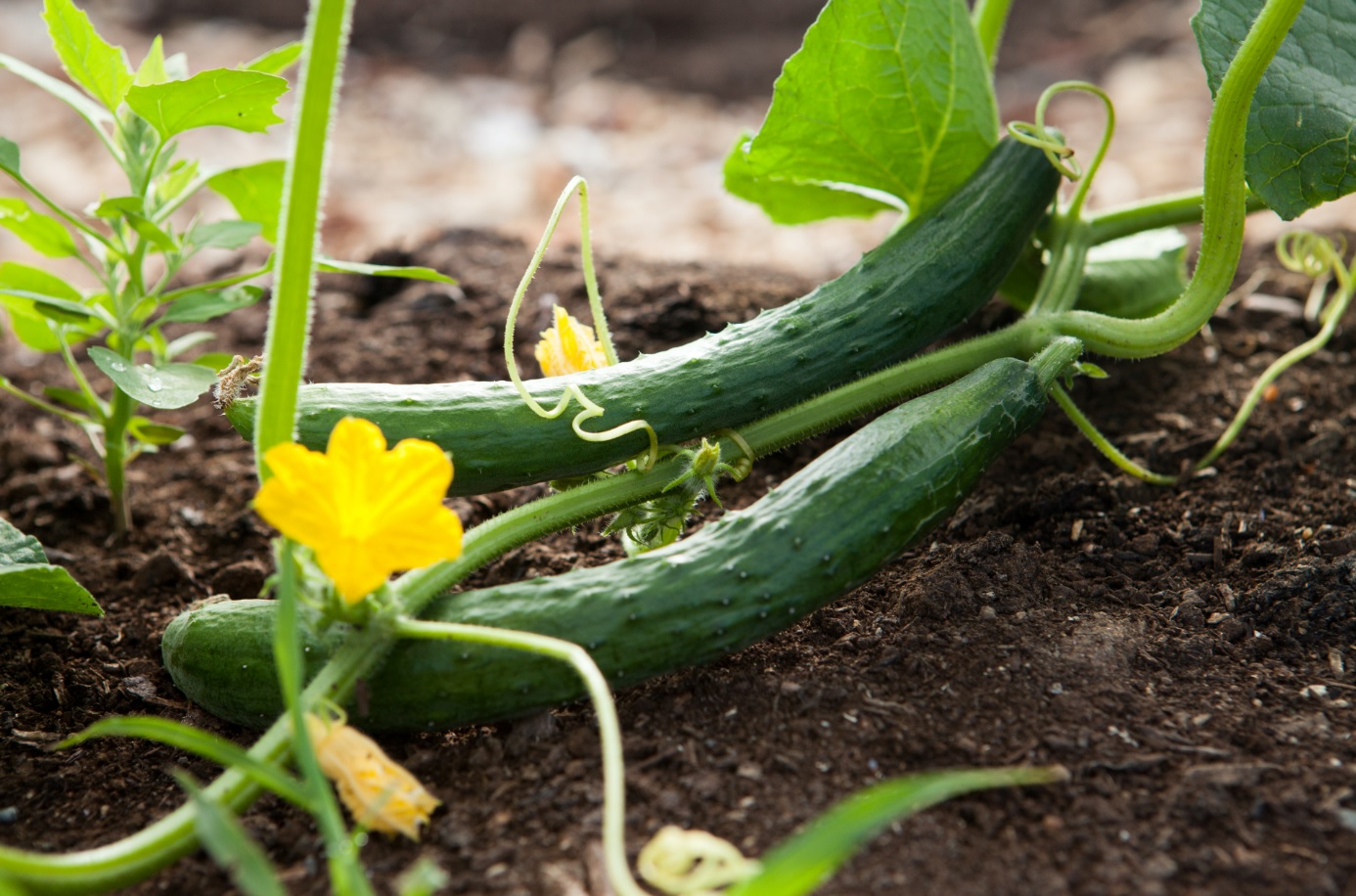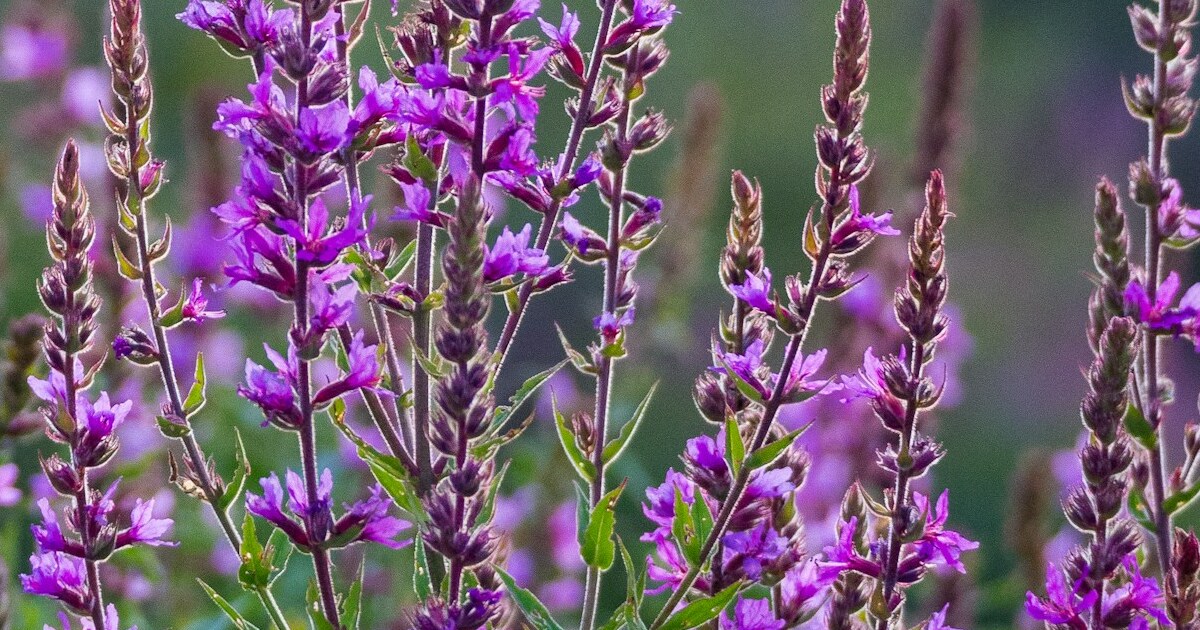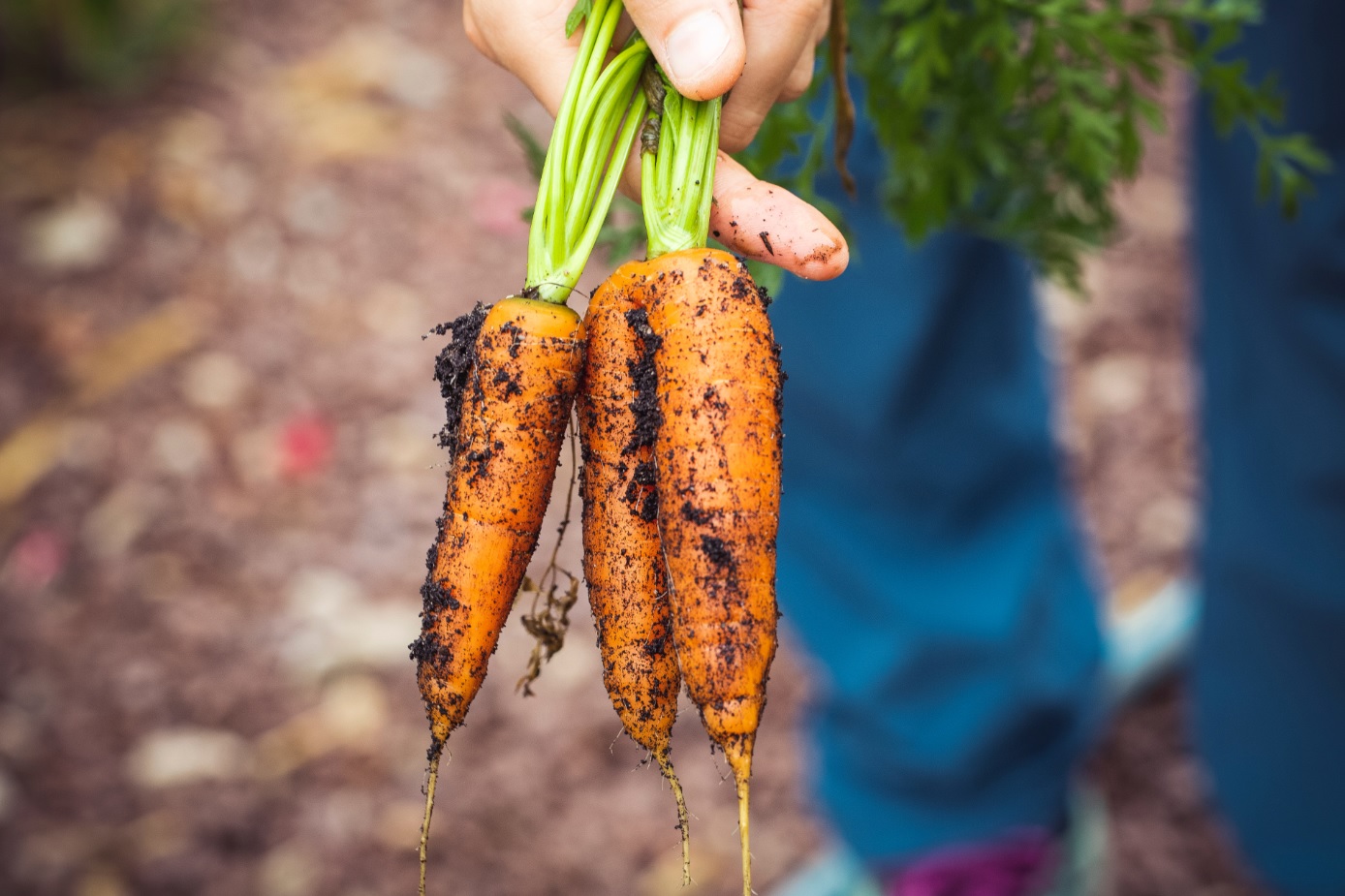Welcome to the world of watermelon cultivation in Zone 8! If you’re a gardening enthusiast residing in this region, you’re in luck because growing watermelon can be a rewarding and delicious experience. Zone 8, which encompasses areas with mild winters and warm summers, provides an ideal climate for watermelon production. However, timing is crucial when it comes to planting this juicy fruit.
In this article, we will explore the best time to plant watermelon in Zone 8, taking into consideration the frost-free dates, soil temperature, and other essential factors that will ensure a successful watermelon harvest. So, grab your gardening tools and get ready to learn all about the perfect timing for planting watermelon in Zone 8!
Best varieties of watermelon to grow in Zone 8
In Zone 8, which is characterized by mild winters and hot summers, there are several watermelon varieties that tend to perform well. Here are a few popular options:
- Crimson Sweet: This variety is known for its large, sweet, and juicy fruits. It has a dark green rind with lighter green stripes. Crimson Sweet is a popular choice for home gardeners and is well-suited for Zone 8.
- Sugar Baby: If you have limited space or want to grow watermelons in containers, Sugar Baby is an excellent choice. It produces small to medium-sized fruits with a dark green rind and deep red flesh. It is an early-maturing variety, making it suitable for Zone 8’s shorter growing season.
- Charleston Gray: This variety is known for its large, oblong fruits with a light green rind and sweet, red flesh. Charleston Gray is a heat-tolerant variety, making it a good option for Zone 8 where temperatures can get quite hot.
- Jubilee: Jubilee watermelons have a thick, light green rind with dark green stripes and sweet, red flesh. They are known for their excellent flavor and are well-suited for Zone 8’s growing conditions.
- Black Diamond: Black Diamond is a popular heirloom variety with a dark green rind and deep red, sweet flesh. It is a heat-tolerant variety that performs well in Zone 8.
Remember to consider factors such as disease resistance, days to maturity, and personal preferences when selecting watermelon varieties for your garden in Zone 8.
When to plant watermelon in Zone 8
In Zone 8, the best time to plant watermelon is typically in late spring or early summer when the soil temperature has warmed up to around 70°F (21°C) or higher. This usually occurs around mid to late May. Watermelons require warm soil and air temperatures to germinate and grow successfully. Planting too early when the soil is still cool can lead to poor germination and slow growth. It is important to check the local weather and soil conditions before planting to ensure optimal growing conditions for watermelons.
How to grow
Growing watermelon requires careful planning and attention to detail. Here are the steps and considerations to keep in mind:
- Climate and Location: Watermelons thrive in warm climates with temperatures between 70-90°F (21-32°C). Choose a location with full sun exposure, as they require at least 6-8 hours of direct sunlight daily.
- Soil Preparation: Watermelons prefer well-draining soil with a pH level between 6.0-6.8. Prepare the soil by removing weeds, rocks, and debris. Incorporate organic matter like compost or aged manure to improve fertility and drainage.
- Planting: Watermelons can be grown from seeds or transplants. If starting from seeds, sow them directly into the garden after the last frost date when the soil temperature reaches 70°F (21°C). Plant seeds 1 inch deep and space them 2-3 feet apart in rows that are 6-8 feet apart. If using transplants, set them in the ground at the same depth as they were in the container.
- Watering: Adequate watering is crucial for watermelon growth. Provide consistent moisture, especially during the fruiting stage. Water deeply, ensuring the soil is evenly moist but not waterlogged. Avoid overhead watering to prevent foliage diseases.
- Fertilization: Watermelons are heavy feeders. Apply a balanced fertilizer, such as a 10-10-10 or 14-14-14, before planting and again when the vines start to run. Follow the package instructions for application rates. Additionally, side-dress the plants with compost or aged manure halfway through the growing season.
- Mulching: Apply a layer of organic mulch, such as straw or wood chips, around the plants. Mulching helps retain soil moisture, suppress weeds, and regulate soil temperature.
- Training and Support: Watermelon vines can be sprawling, so providing support can help save space and protect the fruits. Use trellises, cages, or stakes to train the vines upward. Secure the vines gently to avoid damaging them.
- Pollination: Watermelons require pollination for fruit set. Bees and other pollinators are essential for this process. Encourage pollinators by planting flowers nearby and avoiding the use of pesticides harmful to bees.
- Pests and Diseases: Common pests that affect watermelons include aphids, cucumber beetles, and squash bugs. Monitor the plants regularly and take appropriate measures, such as using organic insecticides or handpicking. Diseases like powdery mildew and fusarium wilt can also affect watermelons. Choose disease-resistant varieties and practice good sanitation to minimize the risk.
- Harvesting: Harvest watermelons when they are fully ripe. Look for signs like a dull skin color, a yellowish underside, and a hollow sound when tapped. Cut the fruit from the vine using sharp pruners or a knife, leaving a short stem attached.
By following these steps and considerations, you can successfully grow watermelons and enjoy the sweet and refreshing fruits of your labor.
When to harvest
In Zone 8, watermelon can typically be harvested from late summer to early fall. The exact timing of harvest will depend on the specific variety of watermelon you are growing and the weather conditions in your area. However, as a general guideline, watermelons are usually ready to harvest when the fruit has reached its full size, the skin has developed a dull or matte appearance, the bottom side (where it touches the ground) has turned creamy yellow, and the tendril closest to the fruit has dried up or turned brown. Additionally, you can tap the watermelon and listen for a deep, hollow sound, which indicates ripeness. It’s important to monitor your watermelon plants closely and harvest the fruits as they reach maturity to ensure the best flavor and texture.
Common watermelon plant problems and fixes
Common problems when growing watermelon include:
- Poor pollination: Watermelon plants require proper pollination to set fruit. If there is a lack of bees or other pollinators in your area, you can hand-pollinate the flowers using a small brush or cotton swab. Gently transfer pollen from the male flowers to the female flowers.
- Blossom end rot: This is a condition where the bottom end of the fruit turns black and rots. It is usually caused by calcium deficiency or inconsistent watering. To prevent blossom end rot, ensure the soil is well-drained and consistently moist. Adding calcium-rich amendments, such as crushed eggshells or agricultural lime, can also help.
- Powdery mildew: Powdery mildew is a fungal disease that appears as a white powdery coating on the leaves. It can weaken the plant and reduce fruit production. To prevent powdery mildew, provide good air circulation by spacing plants properly and avoid overhead watering. If the disease appears, treat it with a fungicide specifically labeled for powdery mildew.
- Pest infestations: Common pests that attack watermelon plants include aphids, cucumber beetles, and squash bugs. Regularly inspect your plants for signs of pests and take appropriate measures to control them. This can include using insecticidal soaps, neem oil, or introducing beneficial insects like ladybugs or lacewings.
- Overwatering or underwatering: Watermelon plants require consistent moisture, but overwatering can lead to root rot and other problems. Ensure the soil is well-drained and water deeply when the top inch of soil feels dry. Mulching around the plants can help retain moisture and prevent weeds.
- Lack of sunlight: Watermelon plants need full sun to thrive and produce sweet fruits. Make sure they receive at least 6-8 hours of direct sunlight each day. If your garden has shaded areas, consider growing smaller varieties or using reflective materials to increase sunlight exposure.
- Improper fertilization: Watermelon plants require regular fertilization to support healthy growth and fruit production. Use a balanced fertilizer with a higher phosphorus content to promote flowering and fruiting. Follow the recommended application rates and timing on the fertilizer package.
By addressing these common problems and implementing appropriate fixes, you can increase your chances of successfully growing watermelon.
